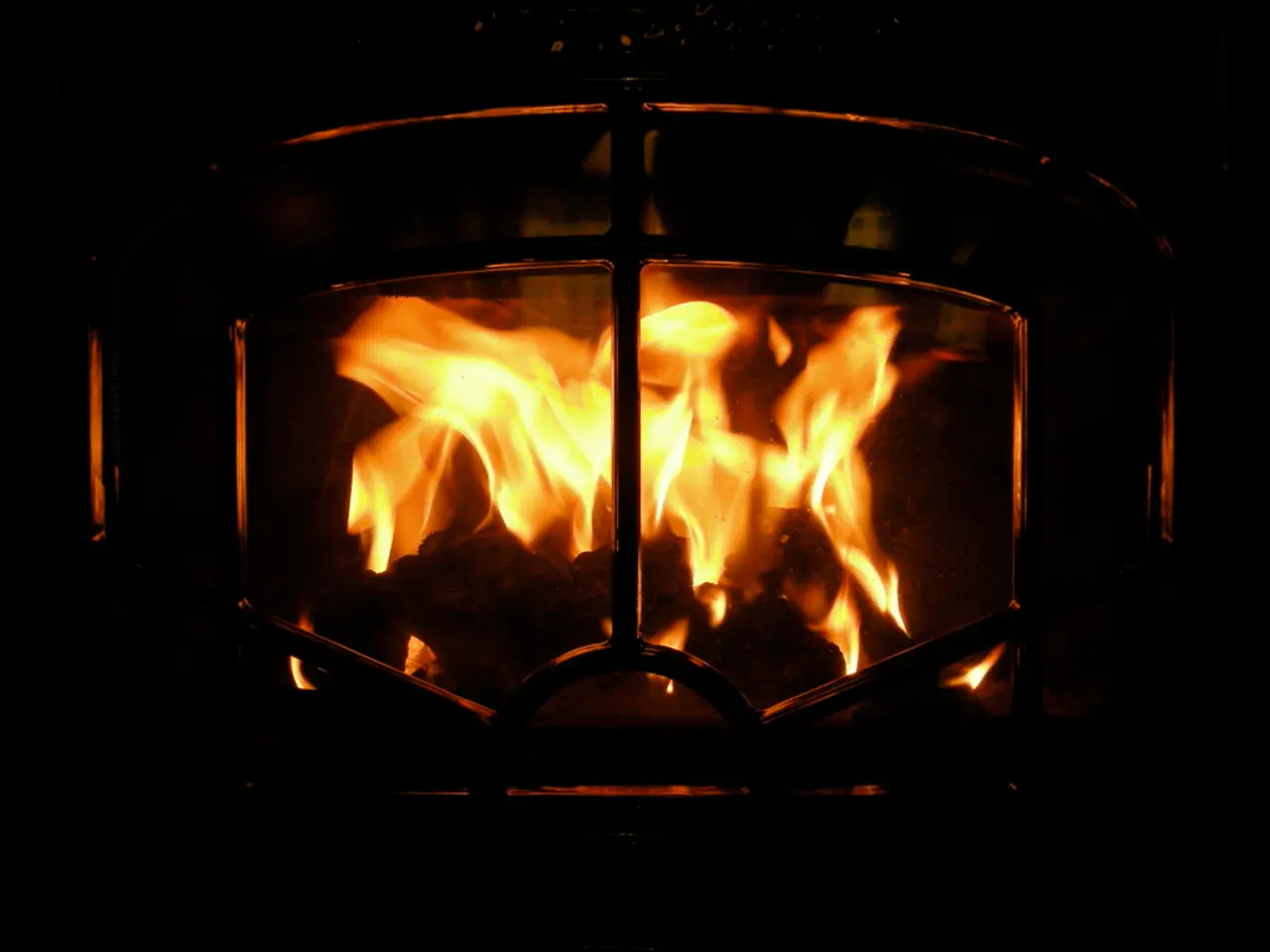Exploring the Potential Lung Hazards of Fireplaces: Delving into Invisible Dangers
Fireplaces, a beloved feature in many homes, provide warmth and a comforting ambiance during cold weather. However, they also pose potential health risks due to the emissions they produce. This article explores the pollutants emitted by different types of fireplaces and offers suggestions for minimizing health risks.
**Health Risks by Fireplace Type and Pollutants:**
Wood and solid fuel fireplaces, such as traditional open hearths and wood stoves, are known for emitting particulate matter (PM), including ultrafine particles (≤100 nm) that can penetrate deep into the lungs. Exposure to PM is linked to increased respiratory infections, asthma exacerbations, and chronic lung diseases, especially in sensitive populations like children, the elderly, and those with pre-existing conditions.
All types of fireplaces can produce carbon monoxide (CO), a highly toxic gas that can cause headaches, dizziness, nausea, neurological damage, and in severe cases, death. Chronic low-level exposure can also contribute to cardiovascular diseases.
**How to Minimize Health Risks for Improved Lung Health:**
1. **Ensure Proper Ventilation:** Fireplaces should be well-maintained and vented correctly to prevent buildup of CO and PM indoors. Use chimneys and flues effectively to exhaust smoke outside.
2. **Use EPA-Certified Appliances:** Modern, certified wood stoves and fireplaces emit fewer pollutants due to better combustion technology.
3. **Operate Fireplaces Properly:** Avoid overloading the fireplace, burn dry, seasoned wood, and keep the fire at an appropriate temperature to minimize smoke and particulate emissions. Limit start-up and reloading times to reduce visible smoke emissions.
4. **Limit Indoor Use During Poor Air Quality:** During events like wildfires or times of high outdoor pollution, reduce fireplace use and keep doors/windows closed to limit indoor pollution.
5. **Improve Indoor Air Quality:** Use high-efficiency filters (MERV 13 or higher) in HVAC systems or portable HEPA air cleaners to reduce indoor particulate levels. Regular maintenance and filter changes are crucial.
6. **Reduce Other Indoor Pollutants:** Avoid burning candles, tobacco, or other materials when using a fireplace simultaneously to minimize cumulative indoor air pollution.
7. **Monitor for CO:** Install carbon monoxide detectors near fireplaces and living areas to alert occupants of dangerous CO levels.
8. **Follow Health Advice:** Individuals with respiratory or cardiovascular conditions should consult healthcare providers about additional precautions and symptom monitoring.
Gas fireplaces produce significantly fewer emissions but still release some pollutants. Proper installation and regular maintenance are crucial to ensure safe and healthy use. By understanding the emissions associated with different fireplace types and implementing proper operation, ventilation, and indoor air quality measures, users can significantly reduce health risks and protect lung health.
Similarly, gas fireplaces, though releasing less emissions compared to their wood counterparts, still produce pollutants like nitrogen dioxide (NO2) which can affect eye health and exacerbate respiratory conditions. Regular maintenance and proper installation are essential to minimize these emissions.
Maintaining a holistic approach towards health and wellness, regular fitness and exercise can boost the immune system and help combat the potential effects of fireplace emissions on respiratory conditions.
Lastly, medical-conditions like heart disease or diabetes increase sensitivity towards air pollutants. Individuals with such conditions should prioritize healthy eating, regular monitoring of their conditions, and consult healthcare providers for further advice on managing their risks when using fireplaces.




